How Big is a Rolling Tray? 📏 Your Complete Size Guide (2025)

Ever stood in front of a wall of rolling trays wondering which size to grab? Or maybe you've ordered one online only to discover it's way too small (or hilariously huge) for your needs? You're definitely not alone! 🤷♂️
The question "how big is a rolling tray" might seem simple enough, but the answer is quite vague. Generally, their usual size is that of a miniature tray. Legit does ‘‘pocket’’ size not far off from an estimate of 5x7 inches, and their ‘‘XL’’ design can exceed more than twenty inches. In reality, it’s relative to how tiny that size actually is compared with the size of a platter fit for serving many foods. Size really depends on your roll’s style, space available, and rollin’ solo or with a crew. 🎯
We’ve put together this complete guide to break down everything there is to know about rolling tray dimensions and how to help you find the right match, and plus a few pro tips to have you wondering how you ever did without the perfectly sized tray. Here we go! 🌿
📋 Table of Contents
- 🎯 Standard Rolling Tray Sizes Explained
- 🔸 Mini Rolling Trays (5-7 inches)
- 🔹 Small Rolling Trays (7-8 inches)
- 🟢 Medium Rolling Trays (11x7 inches) - The Sweet Spot
- 🟦 Large Rolling Trays (14x11 inches)
- 🟪 XL Rolling Trays (15+ inches)
- 📊 Rolling Tray Size Comparison Table
- 🤔 How to Choose the Right Size for YOU
- 📐 Why Dimensions Really Matter
- ✨ Maximizing Your Rolling Tray Space
- ⚠️ Common Size Selection Mistakes
- 💡 Pro Tips from Experienced Rollers
- ❓ Frequently Asked Questions
🎯 Standard Rolling Tray Sizes Explained
Let’s get the basics out of the way first before we hit the specifics. When folks pose the question, “how big is a rolling tray supposed to be?” they’re referring generally to one of five standard size classifications that have since become archetypal in the industry for years now. These dimensions aren’t just some random pick; they have gone through a process of iteration and refinement according to real user requirements and functionalities.. 🔧
The rolling tray industry has essentially settled on these five main size categories:
- Mini: 5-7 inches (perfect for travel and pockets)
- Small: 7-8 inches (compact home use)
- Medium: 11x7 inches (the bestseller for a reason)
- Large: 14x11 inches (social sessions and serious rollers)
- XL/XXL: 15-20+ inches (statement pieces and party central)
Most custom rolling trays you'll find follow these dimensions pretty closely though there's always some variation between manufacturers. The key is to understand what each size category offers and what compromises you're making. Let's break down each one! 🎪
🔸 Mini Rolling Trays (5-7 inches)
Dimensions & Specifications 📏
Mini rolling trays are usually around 7 by 5 inches, with some ultra compact versions as small as 5x5 inches. Roughly the size of a paperback book or a big smartphone, that's how big they are (kinda).All that functionality in a design that easily slips into your pocket! 📱
Best Use Cases for Mini Trays 🎒
Mini trays shine in specific scenarios:
- Travel companions: One can easily slide them into one’s backpack, purse, or jacket pocket without endorsing them
- Discrete sessions: Good for keeping a low profile in shared living spaces.
- Car-friendly: Fits neatly in a glove compartment or center console of the car.
- Camping & outdoor use: Light in weight and takes shape to save up more valuable packing space
- Emergency backup: Great second tray to keep in your desk or travel bag
The Limitations 🚫
Let’s be real — mini trays are not for everyone. The tiny size means limited room, which can’t make it easy to further lay out your grinder, papers, filters, lighter, and maybe even a snack. It won’t be long before you find yourself crowded. Mini trays are really for solo sessions, with one roll at a time and very few accessories. They’re the sports car of rolling trays – agile and effective but not meant for heavy lifting! 🏎️
🔹 Small Rolling Trays (7-8 inches)
The Compact Home Solution 🏠
Small rolling trays usually range between 7.5 by 5.5 inches and 8 by 6, landing them in this size category that is larger than a mini tray but still compact—an ideal “personal tray” size. 👤
Who Should Consider Small Trays? 🤷
Small trays work best for:
- Solo rollers who don't need tons of space
- Apartment dwellers with limited counter or table space
- Minimalists who keep their accessory collection tight
- Regular travelers The small trays work great for the frequent traveler who needs a more sizable tray than the tiny one but still portable enough.
- Budget-conscious buyers They are also a good pick for someone who does not want to spend much since small trays are usually the cheaper ones.
Space Considerations 📦
Having a small rolling tray helps the papers and small grinder and lighter to squeeze to the limited space, with some room to spare. However, if you have three or more strains, different paper sizes, filters, and tools clutter up the space a bit in your trays. Raised edges prevent spills but keeping organized is important to take full advantage of the limited space. 🎯
🟢 Medium Rolling Trays (11x7 inches) - The Sweet Spot
Why Medium is the Most Popular Size 🌟
Here's where we hit the goldilocks zone! Well, here are the other sizes—medium rolling trays which usually come in around 11 inches by 7 inches. This size dominates the market as you take a stroll in any store, you will find that this size has the most comprehensive range of options – because it just hits about 80% of the perfect fit. 💯
The Perfect Balance ⚖️
A 11x7 inch tray offers approximately 77 square inches of surface area. That's enough space to:
- You can lay out your grinder, papers, filters, and lighter easily without feeling cramped
- Roll 2-3 things in a row without needing to clean in between
- Keep a small stash container on the tray
- Catch all your spillage with room to spare
- Work comfortably without your hands feeling cramped
Versatility is Key 🔑
The medium size handles different scenarios beautifully. Solo session? Plenty of room. Friend comes over? Still comfortable for two people to share. Need to travel? The size fits in most backpacks. However, it is not as discreet as some of the smaller alternatives. This is why many experienced rollers of the situation recommend that you start with a medium tray; you can always adjust to a larger or smaller size later based on your actual needs. 📈
Storage & Portability 🎒
An 11x7 tray glides into a backpack with ease, fits most cabinet drawers well, and doesn’t take over your coffee table. It's big enough to make it important but not too big to be unwieldy. 🚀
🟦 Large Rolling Trays (14x11 inches)
Stepping Up Your Game 📈
Large rolling trays are usually 14 by 11 inches large, which is equal to about 154 square inches of surface- quite a big workspace. Almost double the size of a medium tray! Perfect for individual enthusiasts as well as social rollers. 🎭
When to Go Large 📢
Consider upgrading to a large tray if you:
- Roll for groups regularly: Multiple people can comfortably work from the same tray
- Use lots of accessories: Room for multiple grinders, paper types, filters, tools, and more
- Roll multiple items: Prep several items at once without clearing space between each
- Appreciate organization: Enough space to create dedicated zones for different accessories
- Want a centerpiece: Large trays often feature impressive artwork and become conversation starters
The Trade-Offs 🤝
Given a huge custom rolling tray provides a great working area, here are some things to bear in mind: These things are not portable and mostly will not squeeze in most bags, thus needing their dedicated spot in storage. Besides, they may look a bit over-the-top for solo sessions. Consider them your “home base” tray rather than an all-purpose solution. Many people choose to have both a large tray for use at home and a smaller one for traveling. 🏡✈️
🟪 XL Rolling Trays (15+ inches)
Go Big or Go Home! 🎪
XL rolling trays start at 15 inches and can go up to 20 inches or more. Some XXL versions reach absurd proportions—we're talking serving-platter territory here! The standard XXL tray in the market, for example, measures a whopping 20 inches by 15 inches. These aren't just trays - they're statements. 💎
Who Needs an XL Tray? 🎨
XL trays serve specific purposes:
- Party hosts: Multiple people can access the tray simultaneously
- Collectors: It can showcase beautiful artwork or limited-edition designs
- Professional environments: Dispensaries, lounges, or social spaces
- Content creators: Plenty of room for setting up shots and videos
- Serious enthusiasts: Those who want their entire rolling station in one place
Practical Considerations 🤔
XL trays are NOT convenient for most everyday users. This basically takes up so much space on the table-having space for a 20-inch tray can be quite challenging. Also they are not easy to clean or keep, so that's not suiting for the solo or small group sesh. Still if you've got the space and love to make a statement, XL trays make fabulous conversation pieces! 🎉
📊 Rolling Tray Size Comparison Table
Here's a quick reference guide to help you visualize how different sizes stack up. This table includes dimensions, surface area, best use cases, and typical price ranges to help you make an informed decision. 📋
| Size Category | Typical Dimensions | Surface Area | Best For | Portability | Typical Price Range |
|---|---|---|---|---|---|
| Mini | 7" x 5" | 35 sq in | Travel, pockets, discrete use | ⭐⭐⭐⭐⭐ | $8-$15 |
| Small | 7.5" x 5.5" | 41 sq in | Solo sessions, small spaces | ⭐⭐⭐⭐ | $10-$20 |
| Medium | 11" x 7" | 77 sq in | Daily use, most versatile | ⭐⭐⭐ | $15-$30 |
| Large | 14" x 11" | 154 sq in | Groups, serious rollers | ⭐⭐ | $20-$40 |
| XL/XXL | 15-20" x 11-15" | 165-300 sq in | Parties, collectors, showpieces | ⭐ | $30-$60+ |
Note: Prices vary significantly based on material (metal vs. wood vs. silicone), artwork, brand, and features like magnetic lids or compartments. 💵
🤔 How to Choose the Right Size for YOU
The Personal Assessment Method 🧪
Forget generic advice—let's figure out YOUR ideal size. Answer these questions honestly, and the right rolling tray size will become pretty obvious. 🎯
Question 1: How Often Do You Roll in Different Locations? 🗺️
- Rarely leave home? Go medium or large
- Frequently travel? Medium (home) + mini (travel)
- Always on the move? Stick with small to mini
- Mostly at home, occasional trips? Medium is your sweet spot
Question 2: What's Your Typical Session Size? 👥
- Solo 95% of the time? Small to medium works perfectly
- Usually 2-3 people? Medium to large
- Frequently host groups? Large to XL
- Mix of solo and groups? Get a medium (everyday) + large (parties)
Question 3: How Many Accessories Do You Use? 🧰
- Just papers and a lighter? Mini to small
- Grinder, papers, filters, lighter? Medium
- Multiple grinders, paper types, tools, stash jars? Large to XL
- The whole nine yards? XL or multiple medium trays
Question 4: What's Your Available Storage Space? 📦
Measure your drawer, cabinet, or table space BEFORE buying. Seriously, grab a tape measure right now! 📏 A beautiful large tray doesn't matter if it doesn't fit where you need it to go. Be realistic about your space constraints.
The Decision Framework 🎯
Based on your answers, here's the quick decision guide:
🌟 Start with Medium (11x7") if you're uncertain. It's the best all-around size for 80% of users. You can always size up or down once you know your actual usage patterns.
📱 Choose Mini/Small (5-8") if: Portability is your #1 priority, you roll solo exclusively, or space is extremely limited.
📢 Choose Large (14x11") if: You regularly roll for groups, use many accessories, or never need to travel with your tray.
🎪 Choose XL (15"+) if: You're hosting parties, want a showpiece, or need space for multiple people to work simultaneously.
📐 Why Dimensions Really Matter
The Physics of Rolling 🔬
You might think any flat surface works for rolling, but dimensions actually affect your success rate and experience quality. Here's why: ⚗️
Surface Area and Spillage Prevention 🚫
Every extra inch of width and length translates to more "safety zone" around your working area. When you're breaking up material or tapping excess out of a grinder, particles fly. A larger tray with raised edges (typically 0.5-1 inch high) catches these wayward bits that would otherwise end up on your floor or, worse, between couch cushions forever. 🛋️
Ergonomics and Hand Comfort 🤲
Rolling requires fine motor control. If you're constantly bumping the tray's edges or can't comfortably position your hands, your technique suffers. Medium trays (11x7") provide enough space for most people to rest their wrists on the table while working in the center of the tray—an often-overlooked ergonomic benefit that reduces hand fatigue during longer rolling sessions. 💆
Depth Considerations 📏
While we focus on length and width, don't ignore tray depth (how high the edges are). Shallow trays (0.25-0.5") look sleek but offer minimal spill protection. Standard trays (0.75-1") strike a balance. Deep trays (1.5"+) are excellent for containing everything but can make it harder to scoop material from corners. Most quality custom rolling trays use 0.75-1 inch depths as the optimal range. 🎯
✨ Maximizing Your Rolling Tray Space
Smart Layout Strategies 🧩
Even with the perfect size tray, poor organization can make it feel cramped. Here are battle-tested layout strategies from experienced rollers: 🎖️
The Zoning Method 🗺️
Divide your tray into functional zones:
- Working Zone (center): Keep this 4-6" area clear for actual rolling
- Storage Zone (top): Papers, filters, and frequently-used items
- Tools Zone (left or right side): Grinder, tools, lighter
- Staging Zone (bottom): Completed items or items in progress
Vertical Storage Hacks 🏗️
Use magnetic accessories on metal trays, add small containers for different materials, or get a tray with built-in compartments. Going vertical keeps your primary working surface clear while keeping everything accessible. Some people even attach small magnetic containers to the underside of metal trays for extra storage! 🧲
The Minimalist Approach 🎯
Only keep what you need for your current session ON the tray. Everything else can stay in a nearby drawer or storage box. This approach works especially well with smaller trays where space is at a premium. ✨
⚠️ Common Size Selection Mistakes
Learn from Others' Errors! 🙈
Let's talk about the mistakes people make when choosing rolling tray sizes, so you can avoid the same fate: 🚨
Mistake #1: Going Too Small to Save Money 💸
That $8 mini tray seems like a great deal until you realize you're constantly knocking things over or struggling with cramped workspace. The extra $10-15 for a proper medium tray saves hours of frustration. Don't be penny-wise and pound-foolish! 🤦
Mistake #2: Buying Based on Looks Alone 😍
That XL tray with amazing artwork looks incredible in photos, but will you actually use something that huge? Size should be your primary consideration, with aesthetics being secondary. Beautiful art means nothing if the tray doesn't fit your needs or space. 🎨
Mistake #3: Not Measuring Your Space 📏
So many people order a large or XL tray without checking if it fits their coffee table, drawer, or storage area. Always measure first! Add 2-3 inches to the tray dimensions to account for comfortable clearance. 📐
Mistake #4: Assuming One Size Fits All Scenarios 🎪
Many experienced users actually own multiple rolling trays in different sizes for different scenarios. A medium for daily home use, a mini for travel, maybe a large for parties. Don't feel locked into just one! 🔐
Mistake #5: Ignoring Material and Weight 🏋️
A lightweight plastic XL tray might seem convenient, but it slides around during use. A heavy wood small tray is super stable but impractical for travel. Consider how size interacts with material choice. Generally, larger trays benefit from heavier materials (wood, thick metal) for stability, while smaller trays can go lighter. ⚖️
💡 Pro Tips from Experienced Rollers
Insider Knowledge 🔮
Here are some nuggets of wisdom from folks who've been using rolling trays for years: 🧙
The Two-Tray System 🎭
Many pros recommend owning two trays: a medium (11x7") for everyday home use and a mini (7x5") for travel. This combo costs around $25-35 total and covers 95% of scenarios. Think of it like having dress shoes and sneakers—each serves its purpose. 👟👞
Size Up for Groups, Size Down for Solo 👥
If you can only own one tray and have groups over occasionally, go with medium instead of large. The medium handles solo sessions perfectly and can accommodate small groups in a pinch. Going large means your solo sessions always feel a bit excessive. 🎯
Test Before You Invest 🧪
Can't decide between sizes? Use a piece of cardboard or a plate/tray you already own to simulate different sizes. Cut cardboard to 11x7" dimensions and use it for a few days. Too cramped? Cut another at 14x11". This helps you visualize actual usage before spending money. 📦
Consider Tray Depth Too 📊
We focus on length and width, but depth (edge height) matters. For beginners, trays with 1-inch edges are more forgiving. Experienced rollers can work with shallower trays (0.5") since they spill less. If you're clumsy or learning, prioritize deeper edges. 🎯
Material Impacts Effective Size 🧱
A curved-edge metal tray uses its space more efficiently than a sharp-cornered wood tray. Material impacts how much usable surface area you actually get. When comparing sizes across different materials, account for this difference. 🔄
Promotional Section: Upgrade Your Setup Today! 🎁
Now that you know exactly what size you need, it's time to upgrade to a quality tray that'll last for years! At Roll Your Own Papers, we specialize in premium custom rolling trays in all sizes—from travel-ready minis to statement-making XL trays. 🌟
Our trays feature:
- ✅ Curved edges that make collecting material effortless
- ✅ Optimal depth (0.75-1") for maximum spill prevention
- ✅ Premium materials: durable metal, elegant wood, or flexible silicone
- ✅ Custom artwork options to express your personal style
- ✅ Perfect dimensions backed by years of user feedback
Whether you're looking for a standard medium tray for daily use or a large tray for your crew sessions, we've got you covered. All our trays are designed with functionality in mind—because what good is a beautiful tray if it doesn't actually work? 🎨
Browse our complete collection of rolling trays now and find your perfect size match! 👉 Shop Rolling Trays
🔥 Ready to Upgrade Your Rolling Experience?
Finding the perfect rolling tray size is just the beginning! ✨ Whether you're looking for a compact mini for travel or a spacious XL for group sessions, we've got the ideal tray to match your style and needs.
- ✔️ All standard sizes: Mini to XXL
- ✔️ Premium materials: Metal, wood, silicone
- ✔️ Custom artwork and branding available
- ✔️ Curved edges and optimal depth for zero waste
📦 Bulk orders available | 🚚 Fast shipping | 🌱 Built to last
❓ Frequently Asked Questions
🎬 Final Thoughts: Your Perfect Rolling Tray Awaits!
How big is a rolling tray? The size of a rolling tray is a highly subjective question and can only be answered based on YOUR needs, available space, and even rolling style. There is no such thing as a ‘perfect’ size in general – only in your case. 🎯
Here’s the bottom line: Just go with a medium at 11x7″ if you’re on the fence. It’s the most versatile of the options. Add a mini for travel if you end up liking the concept at 7×5″. Or, if you do frequently hang out with groups, go large 14×11”. Seriously. Even if you blow it and get the wrong one, you’ll quickly zero in on what works for you and switch it up as necessary. 🔄
The most crucial takeaway – don’t roll on random surfaces and get yourself a proper rolling tray! Your floor will thank you, your workflow will be improved, and your rolling experience will be much better. Whether you go for a small mini or a large XL, having any rolling tray is better than not having one at all. 🙌
Which help you decide? Feel free to sift through our wide collection in order to select the perfect rolling tray size for your needs. Happy rolling; may your herbs never hit the floor again! 🌿✨

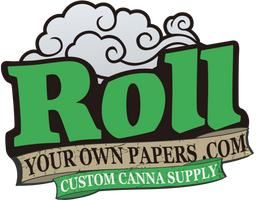
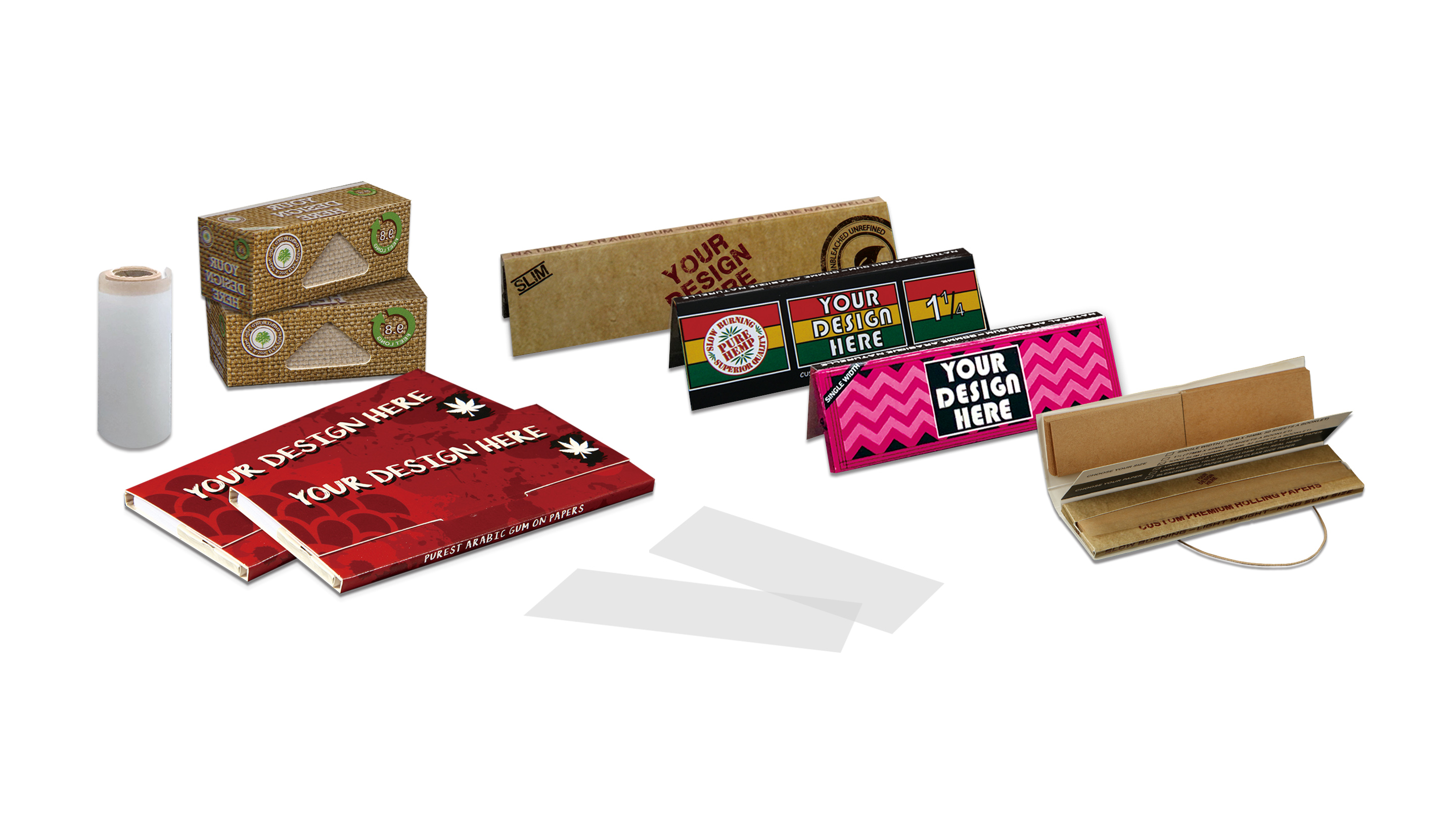

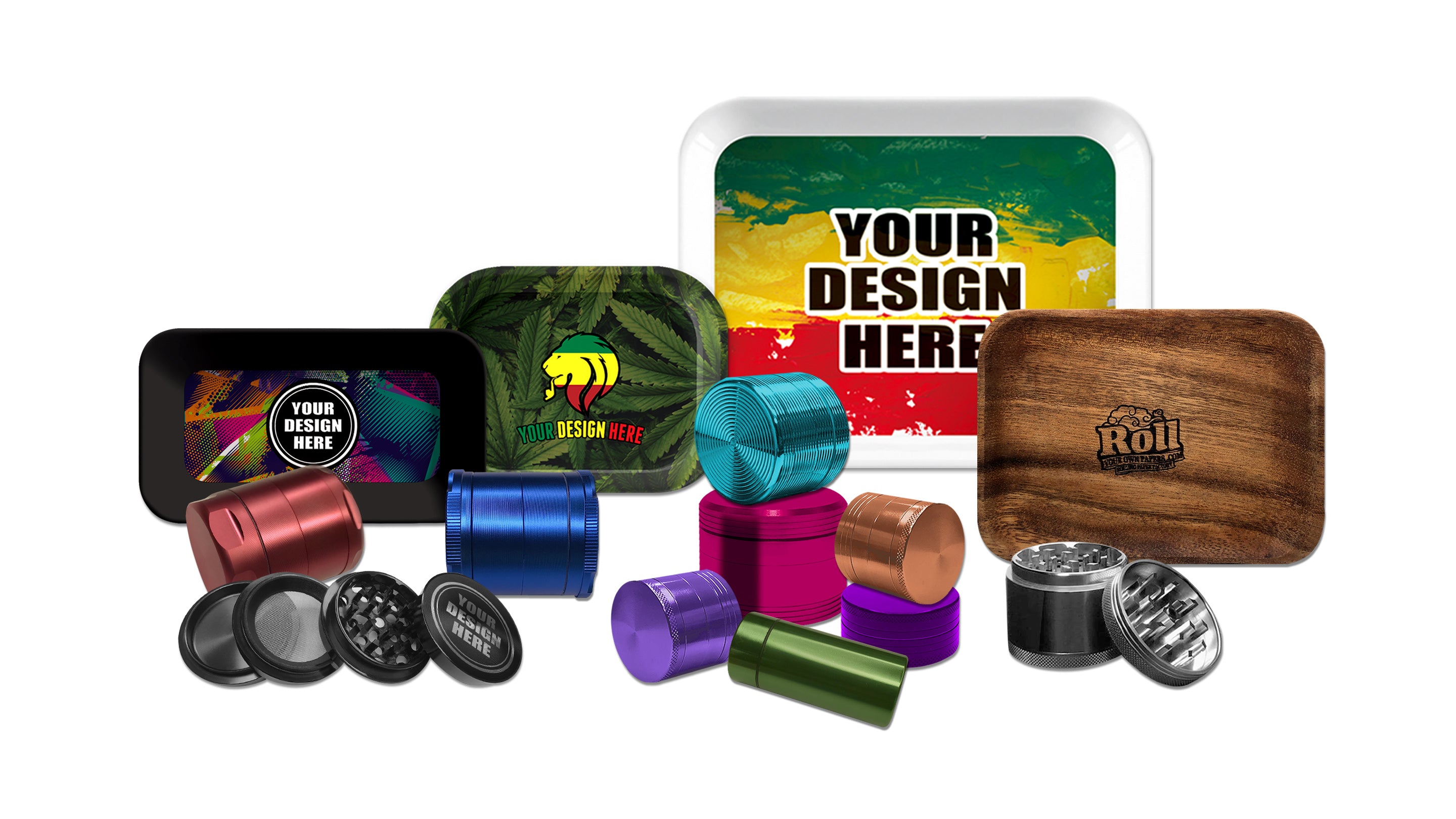
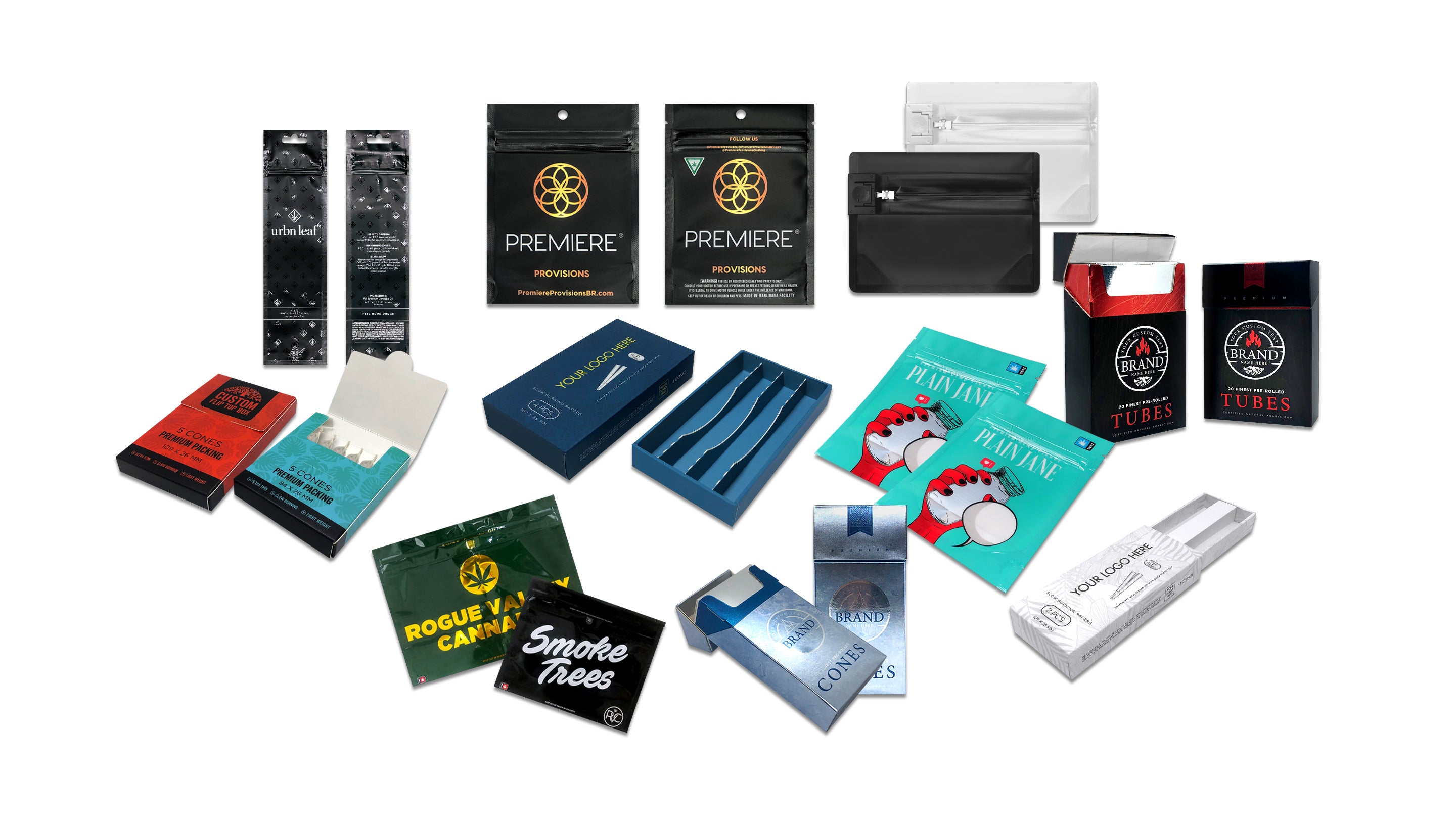
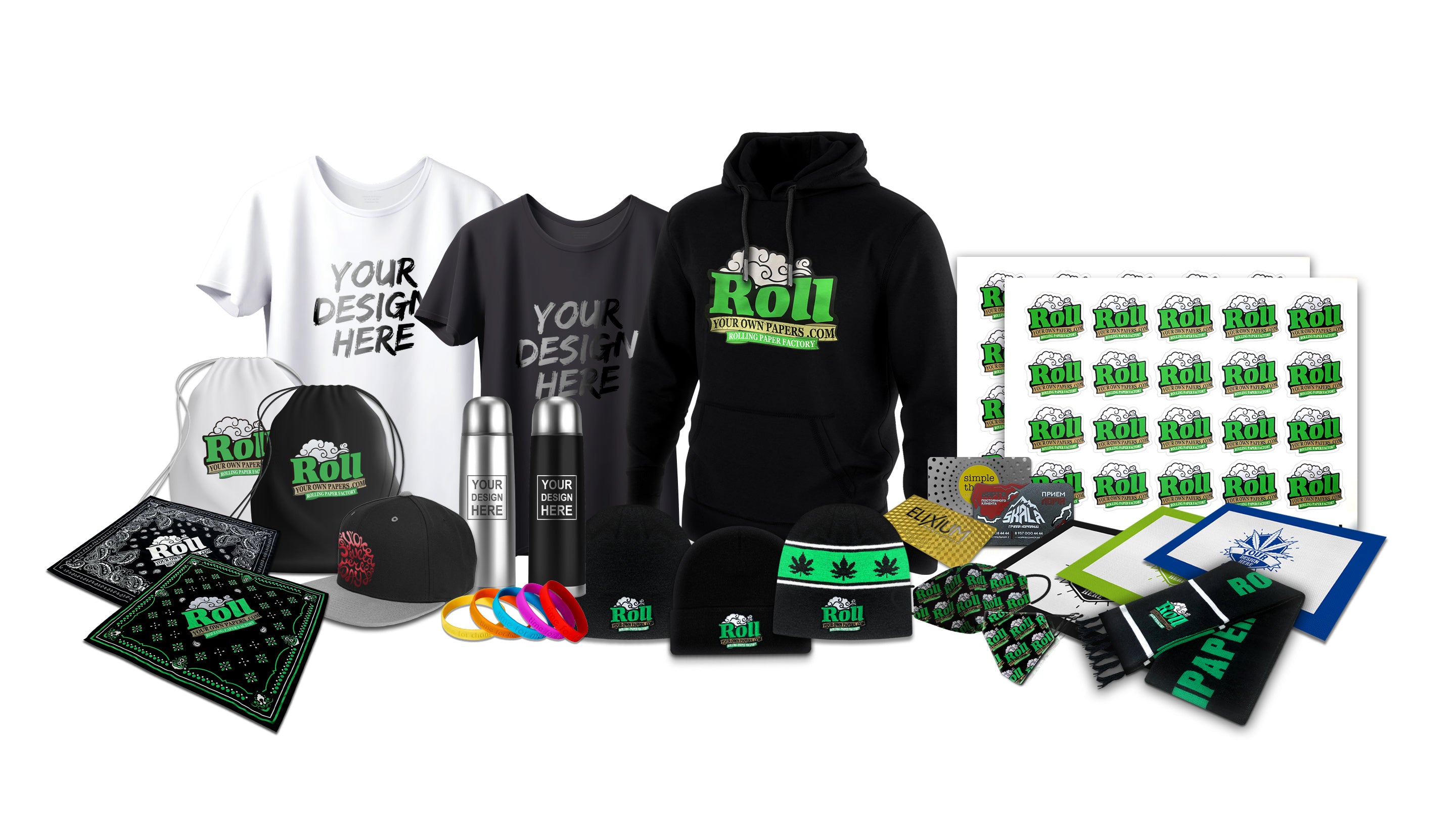
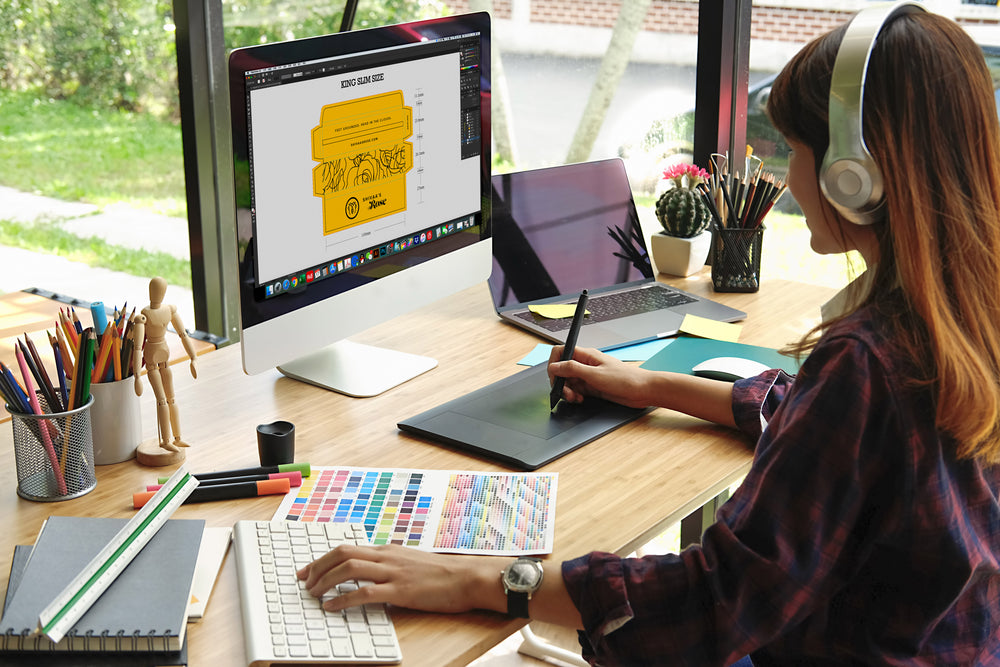



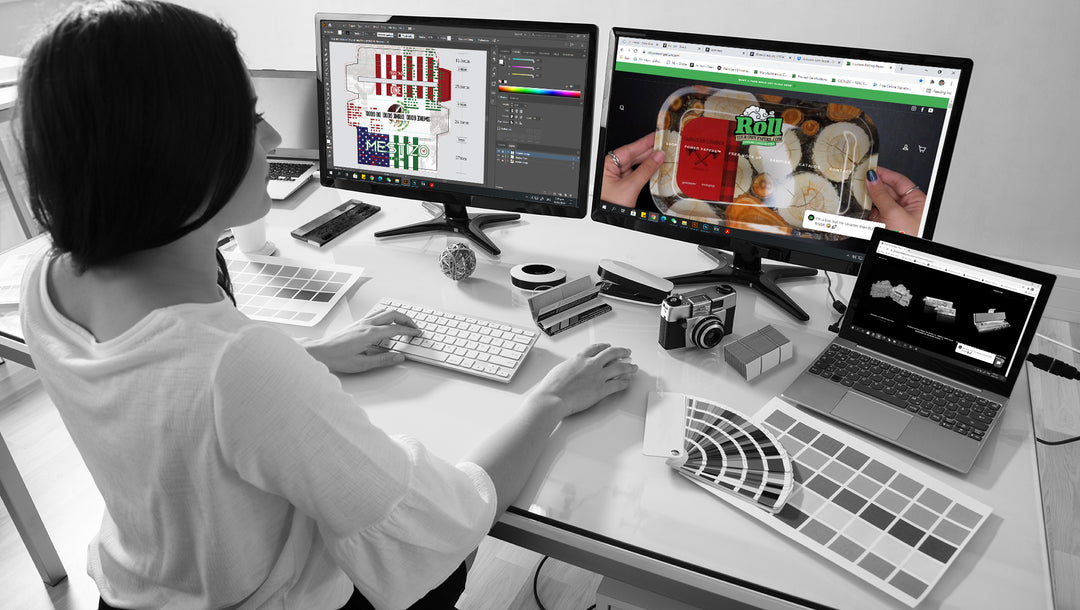
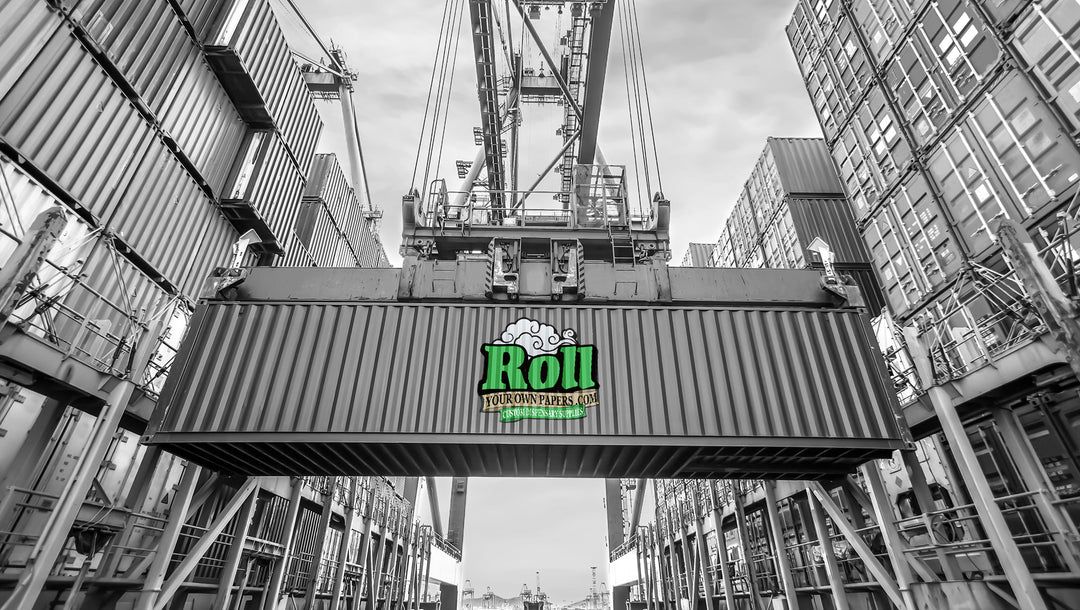
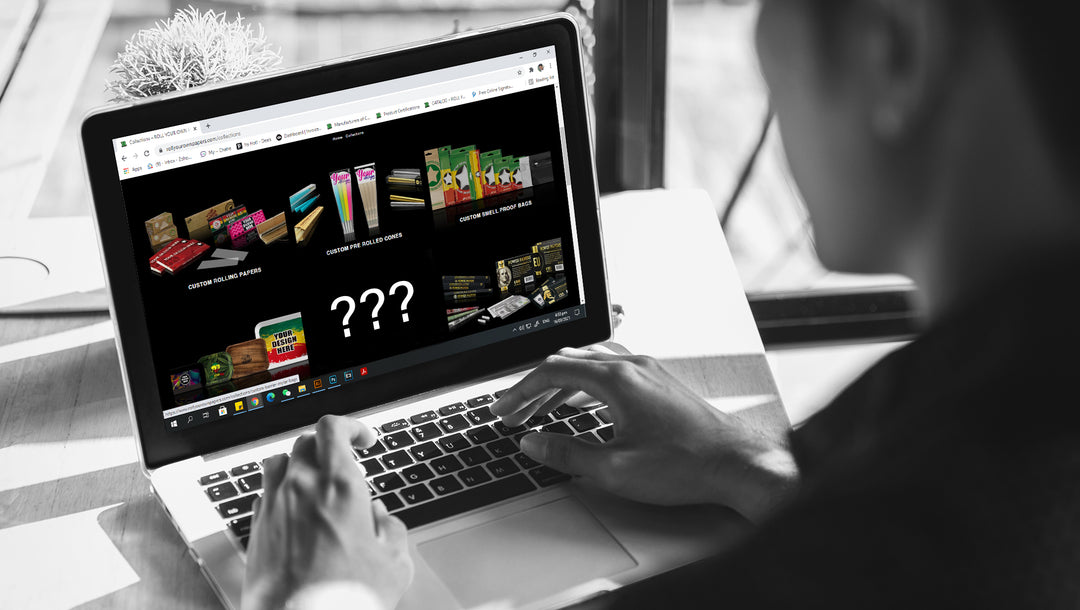
Leave a comment